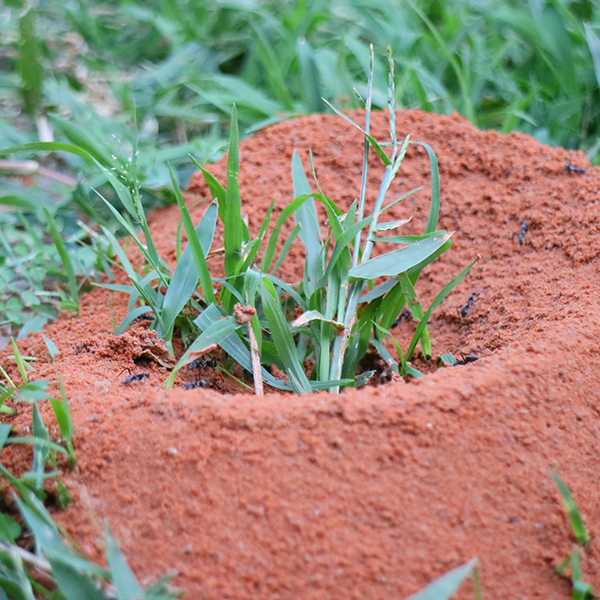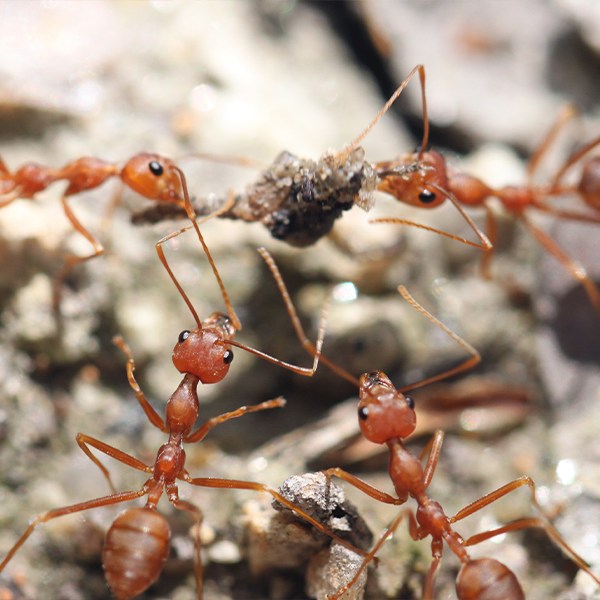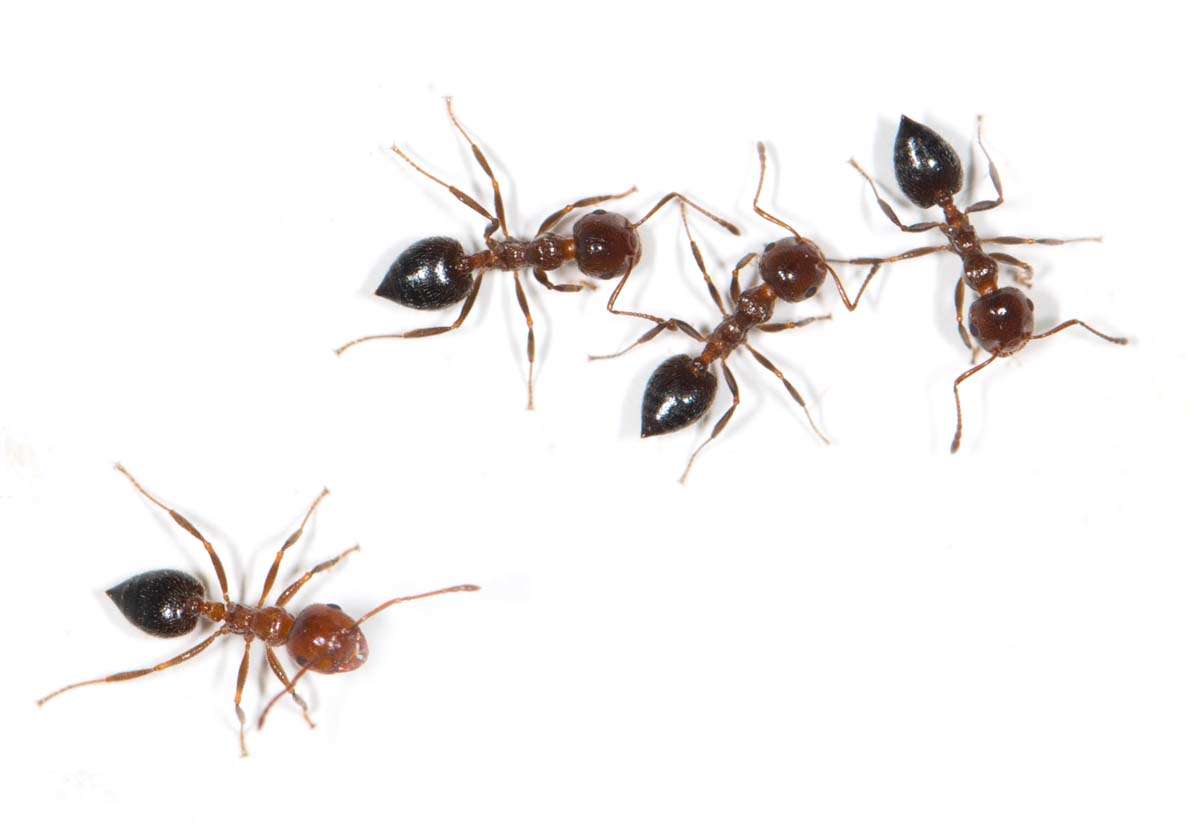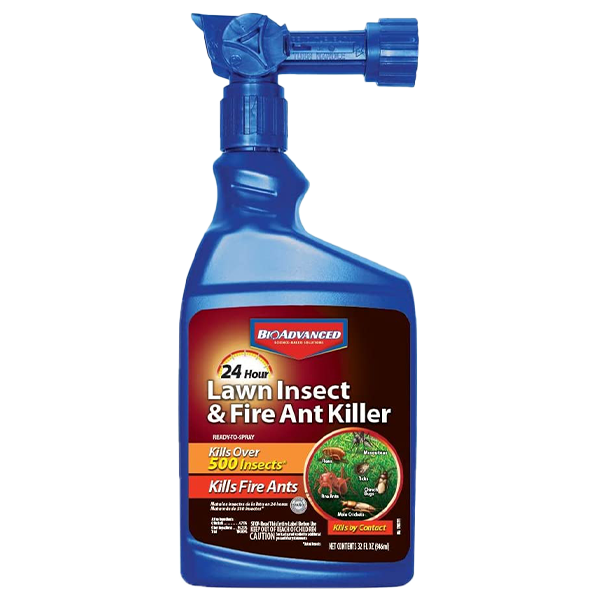
Effective Steps For Managing Fire Ants

Conquer Fire Ants
Fire ants are a persistent problem, causing frustration and discomfort for homeowners and garden enthusiasts. These aggressive insects can deliver painful stings and create unsightly mounds in lawns and gardens. If you find yourself facing an infestation of fire ants, fear not! In this blog post, we explore effective strategies and practical tips to help you deal with fire ants and regain control of your outdoor spaces.

Understand Fire Ants and Their Impact
Fire ants, scientifically known as Solenopsis invicta, are small, reddish-brown ants native to South America. They gained the name "fire ants" due to their painful sting, which produces a burning sensation. These ants are highly adaptable and resilient, making them successful invaders in many parts of the world. It's believed fire ants were accidentally introduced to the United States in the 1930s through the port of Mobile, Alabama.
Since their introduction, they have spread to many parts of the US. Their highly territorial behavior, lack of natural predators, and reliance to disturbances make them a hard pest to manage. They can have a big impact on communities, homes, agriculture, and native wildlife.
Fire ants have been know to cause damage to electrical equipment. During flooding or rainy periods can crawl into air conditioning units, circuit boxes, or transformers, causing short circuits, malfunctions and even fires.
Since their introduction, they have spread to many parts of the US. Their highly territorial behavior, lack of natural predators, and reliance to disturbances make them a hard pest to manage. They can have a big impact on communities, homes, agriculture, and native wildlife.
Fire ants have been know to cause damage to electrical equipment. During flooding or rainy periods can crawl into air conditioning units, circuit boxes, or transformers, causing short circuits, malfunctions and even fires.

Texas A&M Two-Step Method for Fire Ant Management
The hardworking scientists at Texas A&M AgriLife Extension Services have developed optimal management techniques to tackle the issue of imported fire ants. This approach is particularly effective in areas heavily infested with fire ant colonies (five or more mounds per quarter acre of a yard) or in cases where preserving native ant species is not a primary concern.
The information below is taken from the Texas A&M AgriLife Extension Services, and the products shown are our recommendations.
The information below is taken from the Texas A&M AgriLife Extension Services, and the products shown are our recommendations.
Step One: Baits
Fire ant bait is a type of pesticide specifically designed to penetrate and target the interior of ant colonies. The bait is taken by worker ants back to their colony, where it acts either by eliminating the queen or rendering the entire colony infertile. Bait is an excellent method for effectively treating expansive areas while minimizing the amount of toxins used. It's important to note that baits do not kill ants overnight so be patient. Consider the following when using bait, and be sure to follow product labels carefully.
- Use fresh bait, preferably from an unopened container.
- Apply when the ground and grass are dry and no rain is expected for the next 24 to 48 hours.
- Apply when worker ants are actively looking for food, usually in the late afternoon or the evening. To test, put a small pile of bait next to a mound and see if the ants have found it within 30 minutes.
- Apply baits with hand-held seed spreaders. Don’t apply baits mixed with fertilizer or seed.
- Baits are versatile and can be applied throughout the warm season. For optimal results, apply late summer or early fall, as ants are actively foraging and weather patterns are more predictable. This allows the bait to take effect during the winter months. Re-apply baits once or twice a year.
Step Two: Individual Mound Treatment
Chemical: Applying insecticides directly to mounds is likely to kill the colony in one to two days. Individual mound treatment may be more effective if your area only has one or two mounds and is in need of immediate control. We recommend closely following the directions on the label.
Organic: Pouring two to three gallons of very hot or boiling water on the mound will kill ants about 60% of the time. Otherwise, the ants will probably just move to another location. Very hot or boiling water will kill the grass or surrounding vegetation that it is poured upon. Other natural or organic methods include mound drench products containing plant-derived ingredients (e.g. botanical insecticides) and biological control agents.
Organic: Pouring two to three gallons of very hot or boiling water on the mound will kill ants about 60% of the time. Otherwise, the ants will probably just move to another location. Very hot or boiling water will kill the grass or surrounding vegetation that it is poured upon. Other natural or organic methods include mound drench products containing plant-derived ingredients (e.g. botanical insecticides) and biological control agents.


